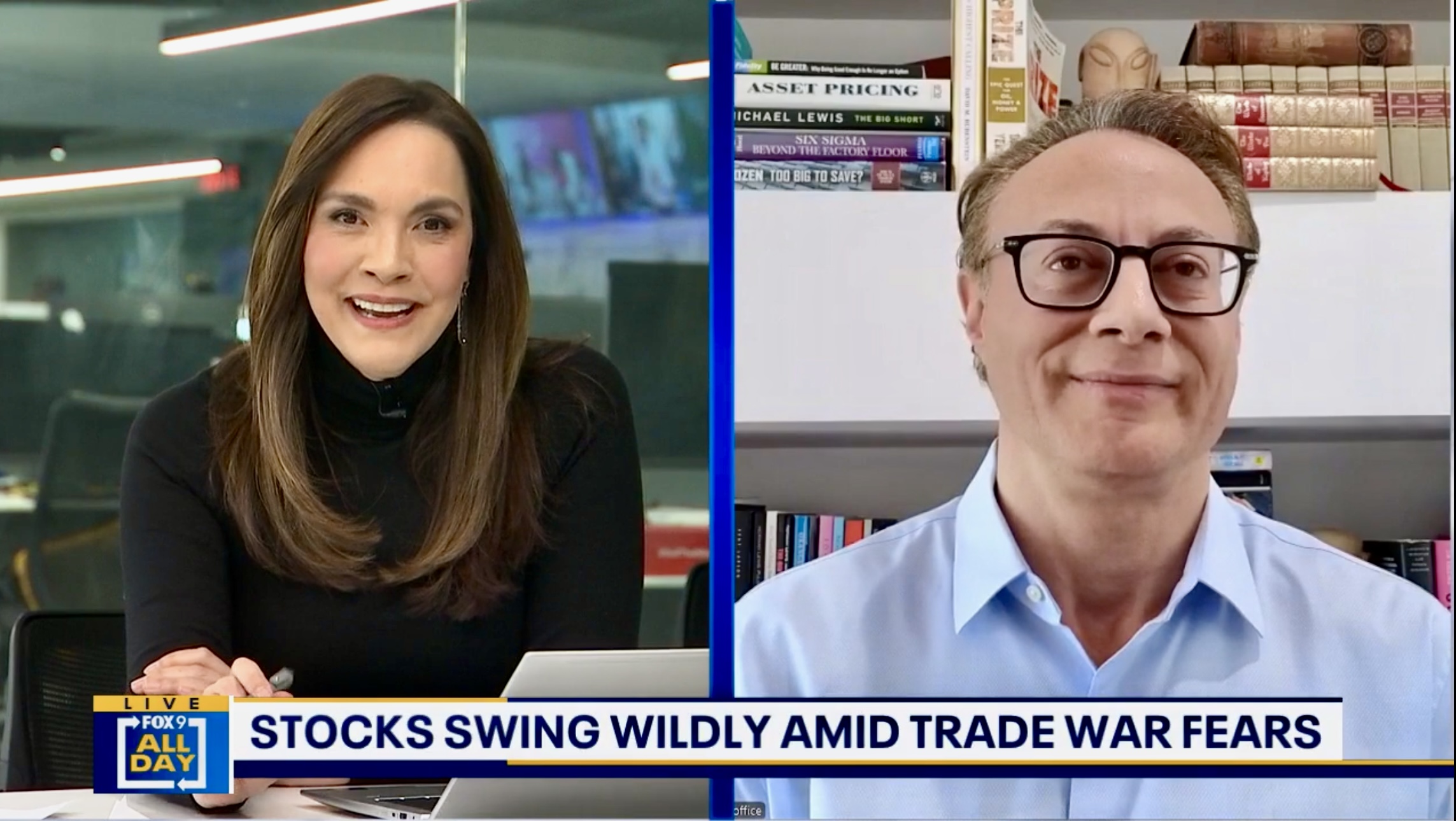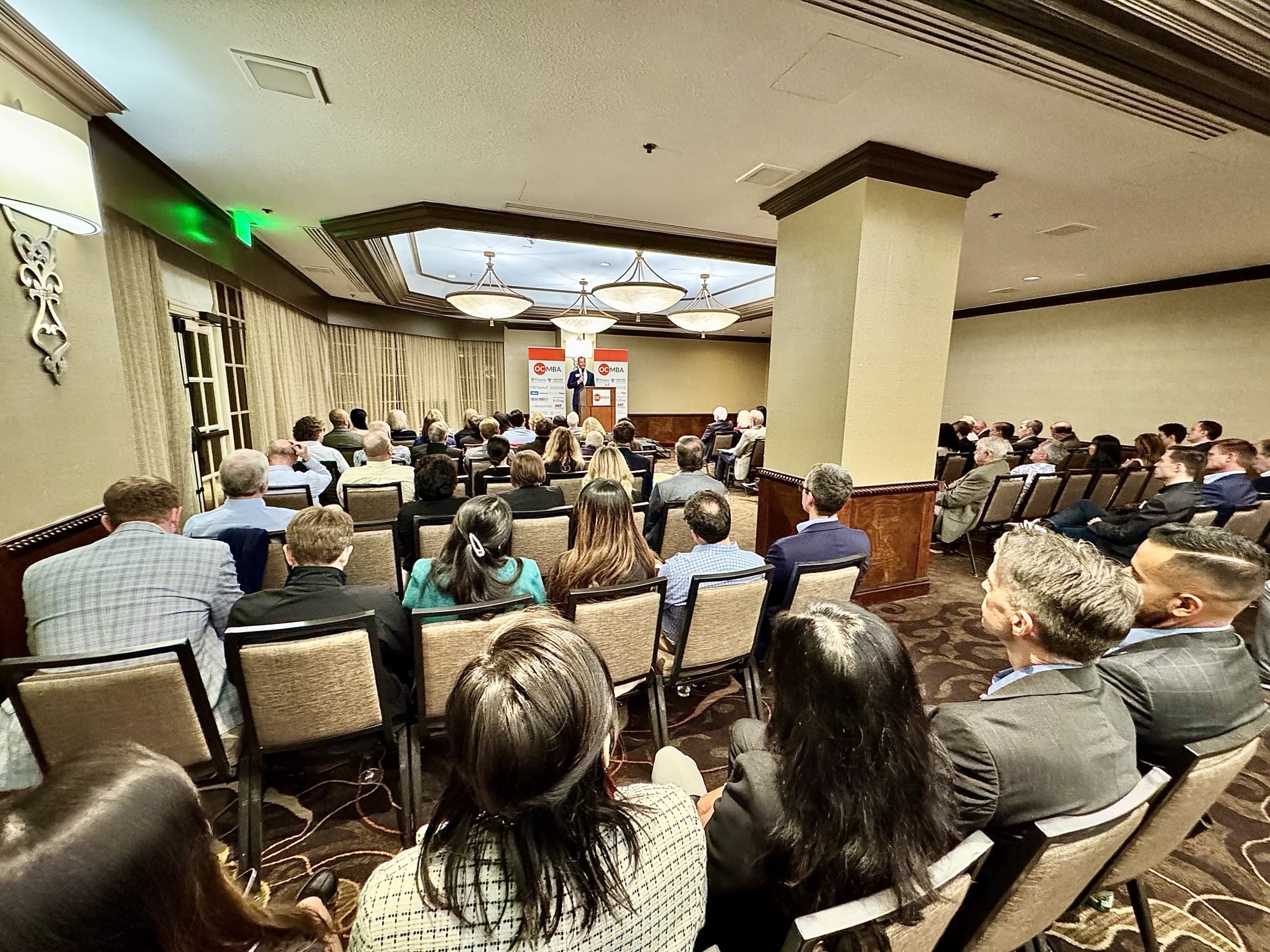- Global fiscal support is already twice the 2008 spend
- Most of the support is defensive (maintaining a lifeline) rather than offensive (spurring new growth)
- Global monetary support from the central banks is bigger, faster, and greater than ever
- Furloughs, unemployment numbers, and defaults will look bad; but perversely, the worse they are, the more it may spur government help
- If we follow the Chinese and South Korean pattern, light should be at the end of the tunnel
- Don’t fight the Fed and all the other central banks and governments
Global fiscal support announcements are already twice 2008’s spend. With the Fed and Treasury coordinating to do whatever it takes to ensure America’s companies can borrow freely, forestalling bankruptcy, the S&P 500 surged +10% last week in relief. The US, Canada, Japan, South Korea, Germany, France, Italy, Spain, the UK and China have pledged approximately $53.5 trillion or 8% of their combined GDP, and this number will most probably rise. For example, China’s contribution will increase as Beijing reups infrastructure spending. Elsewhere, monetary policy is equally accommodative with the Fed, the European Central Bank, and the Bank of Japan adopting a whatever it takes stance and with a slew of other conventional and unconventional policy measures across the globe.
Shutdown and quarantined economies are extremely difficult to stimulate; tax cuts won’t boost spending much with consumers locked down, fearful, and without activities to do and businesses to shop. Despite policymakers efforts, support will only partly offset second- and third-order effects of the coronavirus shutdown; in other words, it is too late to prevent a recession. With entire countries limited to essential businesses, it is inconceivable for governments to increase aggregate demand and fully make up for lost income. There appears to be recognition of policy limits among authorities; tangible cash expenditures keep firms operational and limit employment losses rather than increase demand over the near-term.
There are two types of government fiscal stimulus; defensive and offensive. During this Covid-19 crisis, government stimulus to date has mostly been defensive, a life buoy aimed at keeping consumers and businesses afloat through grants, forbearance, and extensions of credit, i.e., measures to keep the financial system solvent. Once we are past the shutdown stage. Government stimulus can turn offensive – in order to spark a near-term recovery – with direct government spending and business and consumer incentives.
To date, the bulk of stimulus has been defensive. For example, the European Union (EU) has stepped in with guarantees of corporate debt rather than actual spending, the UK will cover 80% of wages for those laid off, and Japan’s government plans a stimulus package that could equal 10% of its economic output. The US is following a similar playbook with over 3/4s of its $2 trillion fiscal package aimed at buttressing businesses and providing employment coverage: paid sick leave, free coronavirus testing, expanded food assistance, additional protections for health care workers, direct cash payments to individuals making up to $99,000 annually, plus $500 per child, incentives for firms to maintain employees on payroll, loans and grants for businesses, extended unemployment benefits and increased weekly payments, delayed 2019 tax-filing deadline, and suspended mortgage and federal student-loan payments. Officials around the globe have vowed to maintain fiscal expansion until the virus and its effects are beaten.
Central banks have also stepped up to support their respective economies with huge monetary plays to keep their capital markets functioning. In the U.S., the Fed lowered its Federal Funds rate 1.5% to the 0.0% to 0.25% range, promised unlimited quantitative easing (QE) to purchase Treasuries and mortgages, and further borrowing from its 2008 playbook, opened multiple lending facilities, including the Primary Market Corporate Credit Facility, the Term Asset-Backed Securities Loan Facility, the Commercial Paper Funding Facility, the Primary Dealer Credit Facility, the Money Market Mutual Fund Liquidity Facility, and the Secondary Market Corporate Credit Facility. “When it comes to this lending, we’re not going to run out of ammunition, that doesn’t happen,” said Fed Chairman Jerome Powell regarding the most expansive monetary intervention ever. Looking forward, China can provide a glimpse of what an offensive stimulus would look like to drive growth once the virus has been squashed. With China past its domestic downside trajectory (which occurred in Q1), the country has embarked on a full-scale offensive monetary (looser bank rules) and fiscal (infrastructure spending) program. Note also, that China has experience with stopped economies because it shuts down for ten days of Lunar New Year festivities every year. Their strategy is to massively stimulate domestic demand and ramp up their service and manufacturing sectors in order to return to full employment. However, the country is doing it as international demand for its goods and services are in a steep decline. In this respect, China may initially have a harder time of offensive stimulus than other countries four months from now which may see domestic and international demand rise in lock step (albeit from low levels) as the rest of the world emerges from shutdown.
Realistically, the depth of the current recession will depend more on the duration of the Covid-19 disruption than on the fine points of massive stimulus. We will see significantly higher unemployment numbers, more bankruptcies (Neiman Marcus and Cirque de Soleil are rumored), and venture capital down rounds (Lime scooters may see its valuation cut from $2.4 billion to $400 million). Nonetheless, based on projections, it seems that we can follow the Chinese and South Korean playbooks, and ring fence the contagion within a couple months. Stocks and businesses should recover, although it may take a while for them to reach their previous highs. Renowned investor Marty Zweig famously wrote, “Don’t fight the Fed,” in his 1970 book, “Winning on Wall Street” because the Fed has more staying power than any single investor. In our current scenario, maybe we can rephrase Marty’s quote to: Don’t fight an alignment of all the central banks and all the governments.
Michael Ashley Schulman, CFA,
Partner, Chief Investment Officer
Disclosure: The opinions expressed herein are those of Running Point Capital Advisors, LLC (“Running Point”) and are subject to change without notice. Running Point reserves the right to modify its current investment strategies and techniques based on changing market dynamics or client needs. This should not be considered investment advice or an offer to sell any product. Running Point is an independent investment adviser registered under the Investment Advisers Act of 1940, as amended. Registration does not imply a certain level of skill or training. More information about Running Point, including our investment strategies, fees and objectives can be found in our ADV Part 2, which is available upon request. RP-20-05


